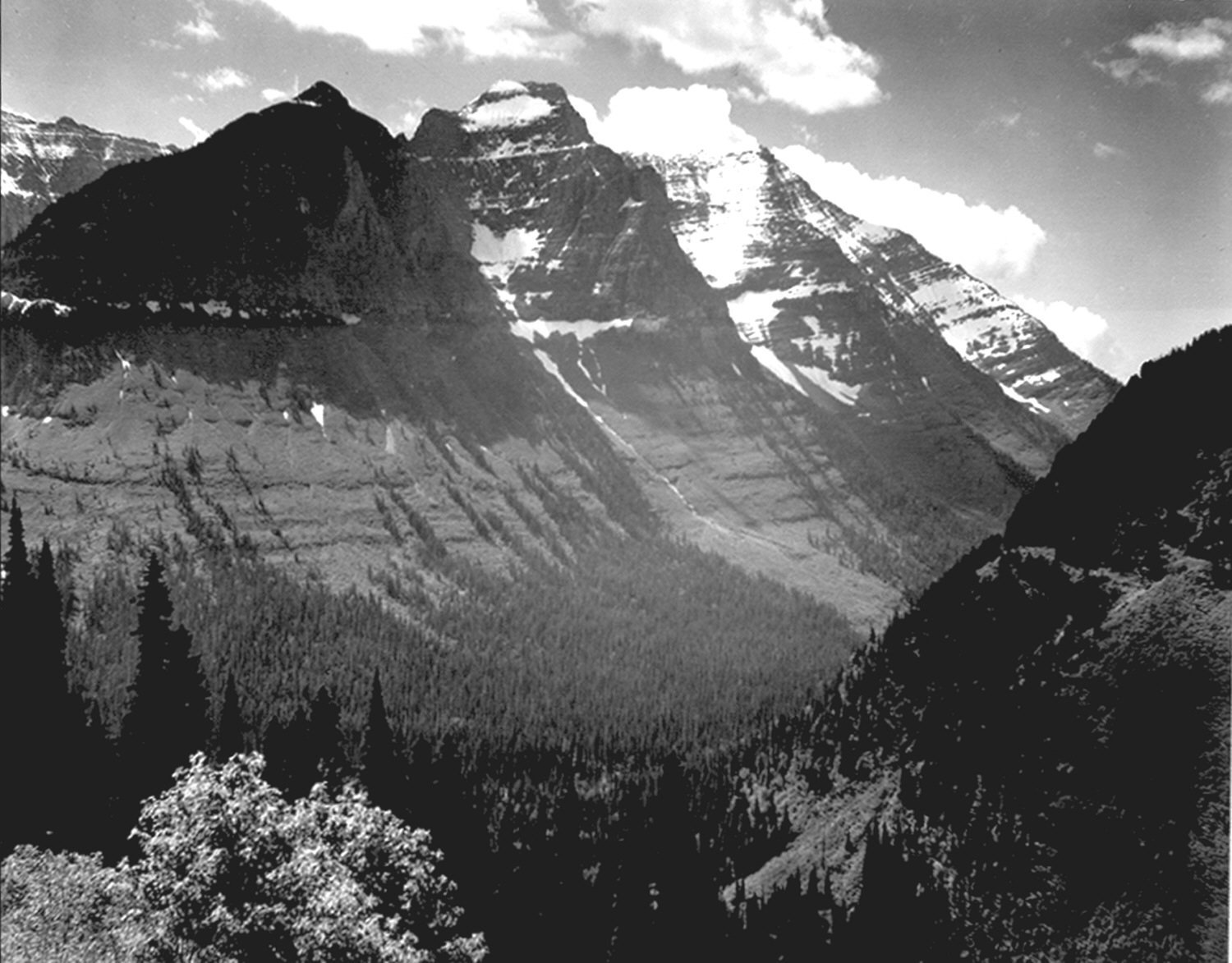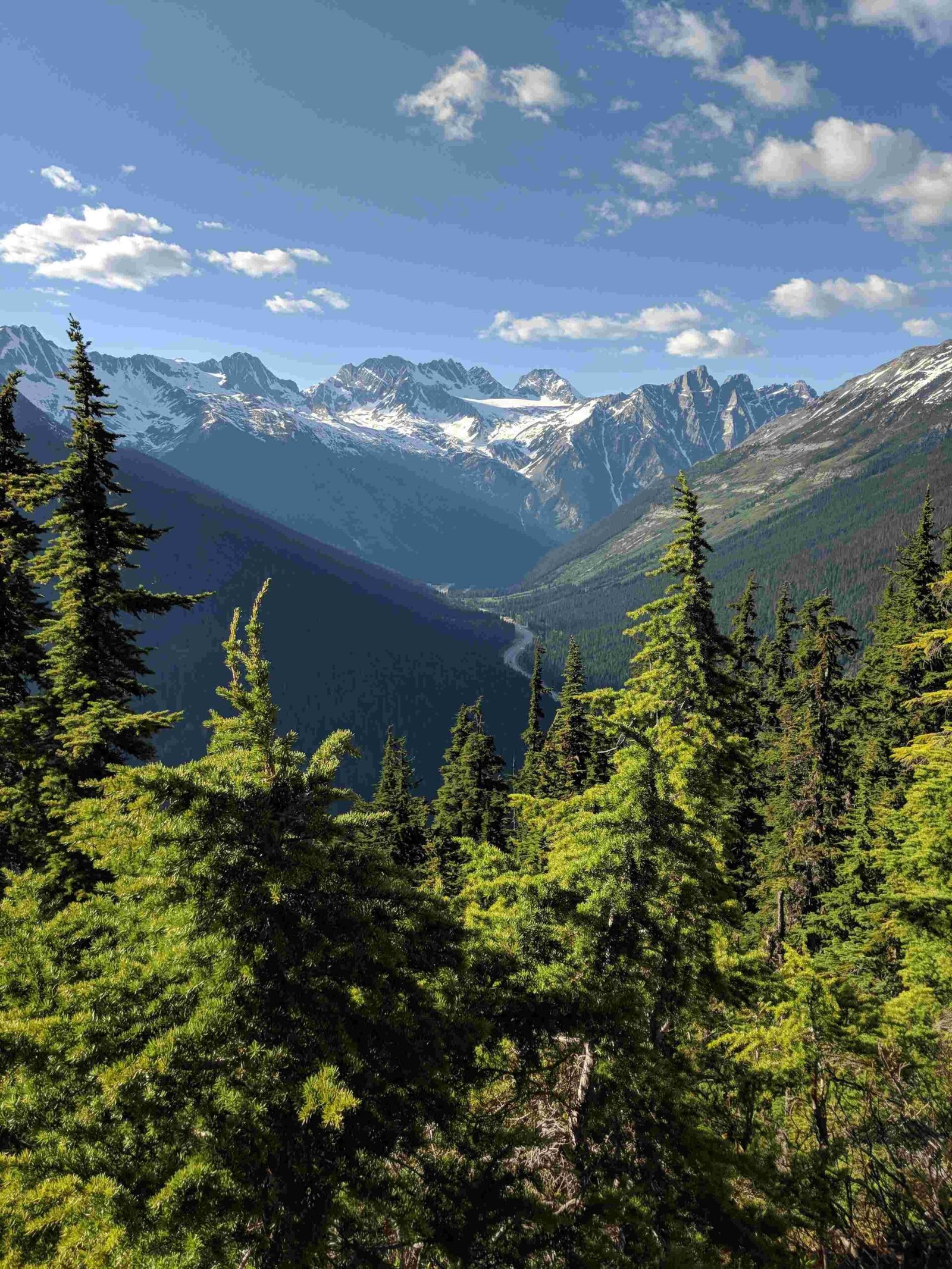Human involvement has significantly altered Glacier National Park over the years. From increased tourism and recreational activities to the broader impacts of climate change, the park’s ecosystem, wildlife behavior, and glacial landscapes have undergone substantial transformations. This article explores the multifaceted effects of human presence on this iconic national park, examining changes in wildlife patterns, environmental conditions, and conservation efforts.
How Has Tourism Impacted Wildlife in Glacier National Park?

Human activities, particularly tourism and recreational pursuits, have had profound effects on the ecosystem dynamics and wildlife behavior in Glacier National Park. The influx of visitors has created a complex interplay between human presence and the natural inhabitants of the park.
What Changes Have Been Observed in Wildlife Behavior?
Studies have revealed that even low levels of human activity can significantly alter wildlife behavior in national parks. In Glacier National Park, researchers have observed the following changes:
- Reduced Wildlife Detections: Similar to findings in Glacier Bay National Park, detections of wildlife such as bears, moose, and wolves have decreased dramatically when human activity reaches certain thresholds.
- Creation of a ‘Landscape of Fear’: Many mammal species have altered their use of areas frequented by humans. For instance:
- Black bears
- Elk
- White-tailed deer
These species have shown a decline in their use of trail areas when the park is open to visitors. - Shift to Nocturnal Activities: To avoid human encounters, many species have shifted their active periods to nighttime hours.
How Do Visitor Numbers Affect the Park’s Environment?
Glacier National Park experiences a significant influx of visitors, with over 3 million human visitors annually. This high visitation rate contributes to various environmental changes:
- Increased human-wildlife interactions
- Habitat disruption
- Potential stress on park infrastructure
A study in Glacier Bay National Park provided quantitative data on the impact of human activity on wildlife:
| Human Activity Level | Wildlife Detection |
|---|---|
| ~40 people per week | Significant drop |
| 30 camera minutes | Near-zero detection |
This data clearly indicates a correlation between human presence and wildlife behavior, suggesting similar impacts in Glacier National Park.
What Are the Effects of Climate Change on Glacier National Park?

Climate change has emerged as a major factor in the transformation of Glacier National Park, with impacts ranging from glacial retreat to changes in temperature patterns.
How Are Glaciers and Temperatures Changing?
The effects of climate change on Glacier National Park are profound and measurable:
- Glacial Retreat:
- Scientists project that the park’s glaciers may completely disappear by 2030.
-
This rapid melting is primarily due to rising temperatures and other climate-related factors.
-
Temperature Increases:
- In 2020, West Glacier recorded 11 days with temperatures above 90°F.
- This trend is expected to continue, posing health risks for hikers and altering ecosystem dynamics.
Is There a Link Between Human Visitation and Climate Change Impacts?
While the direct correlation between increased human visitation and glacial retreat rates is complex, tourism undoubtedly contributes to the broader issue of climate change:
- Carbon Emissions: Tourism-related activities, such as transportation and energy use, increase CO2 levels, exacerbating climate change.
- Quantifiable Impact: A study indicated that 69 ± 24% of global glacier mass loss between 1991 and 2010 was attributable to human-caused climate change.
How Are Conservation Efforts Addressing Human Impact in Glacier National Park?
In response to the challenges posed by human involvement, various conservation efforts have been implemented in Glacier National Park.
What Programs and Funding Support Conservation?
To mitigate human impact, park management has explored several strategies:
- Spatial and temporal zoning
- Promotion of water-based wildlife viewing to reduce land-based human-wildlife interactions
- Research and conservation efforts supported by organizations such as:
- The Glacier National Park Conservancy
- U.S. Department of Agriculture
How Effective Are These Conservation Initiatives?
While the full effectiveness of these initiatives is still being studied, they focus on key areas:
- Balancing Human Use and Wildlife Conservation: Managing human activity levels to avoid displacing wildlife is a central strategy.
- Biodiversity Maintenance: Efforts aim to preserve the diverse ecosystems within the park.
- Habitat Restoration: Programs focus on rehabilitating areas affected by human activity.
How Has Tourism-Related Infrastructure Changed in Glacier National Park?
The increase in human involvement has necessitated changes in the park’s infrastructure to accommodate visitors while attempting to minimize environmental impact.
What Facilities Are Available for Visitors?
Glacier National Park has developed extensive infrastructure to support tourism:
- Trails: An extensive network, including the famous Going-to-the-Sun Road
- Visitor Centers: Multiple centers providing information and services
- Parking Facilities: Areas designated for visitor vehicles
However, with increased visitation and changing environmental conditions, new challenges have emerged:
- Intense dry heat
- Limited access to water on shadeless trails
- Increased air pollution from wildfires
How Has Accessibility Changed Over Time?
While specific data on costs and accessibility changes are not provided in the sources, it’s clear that park managers face significant challenges in balancing public use with conservation efforts. The evolving climate and increased visitation have led to:
- Potential restrictions on certain areas to protect wildlife
- Adaptations in trail maintenance and visitor guidance
- Ongoing efforts to educate visitors about low-impact practices
Human involvement has dramatically changed Glacier National Park, affecting wildlife behavior, accelerating climate change impacts, and necessitating extensive conservation efforts. As the park continues to evolve, balancing human enjoyment with environmental preservation remains a critical challenge for park management and visitors alike.